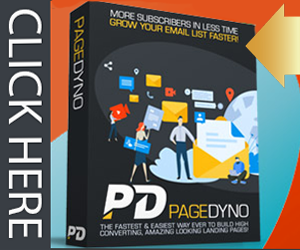Here’s a nine step guide to form design
When it comes to websites, design is the first thing that you have to think about as it is the first thing that helps you grab the attention of your visitors.
The web forms are also becoming dynamic now and you need to spend little more time in making them ‘presentable’.
HubSpot’s Caroline Forsey has shared nine tips and best practices to design forms that can improve your user experience (UX) amd boost conversions.
Forsey says, “A form is a critical step for converting users into customers, so you want to make yours easy, impressive, and sleek. Here, we’ll explore nine best practices of form design to boost your conversions and help you achieve an exceptional user experience.
Form Design Best Practices
1. Less is more.
We’ve all been there — you’re all set to check out, and then you see the form fields required and think, “I don’t have time for this. Maybe I’ll come back tomorrow.”
If a form asks for too much information up-front, you risk losing out on a ton of conversions — and it’s likely you don’t even need much information beyond name and email, at least initially.
Imagescape was able to increase conversion rates by 120%, simply by reducing their form webfields from 11 to four.
If you’re unsure which form fields you should leave and which you should take out, consider using smart forms to ensure you’re never asking the same questions twice”.
Comments are closed.




